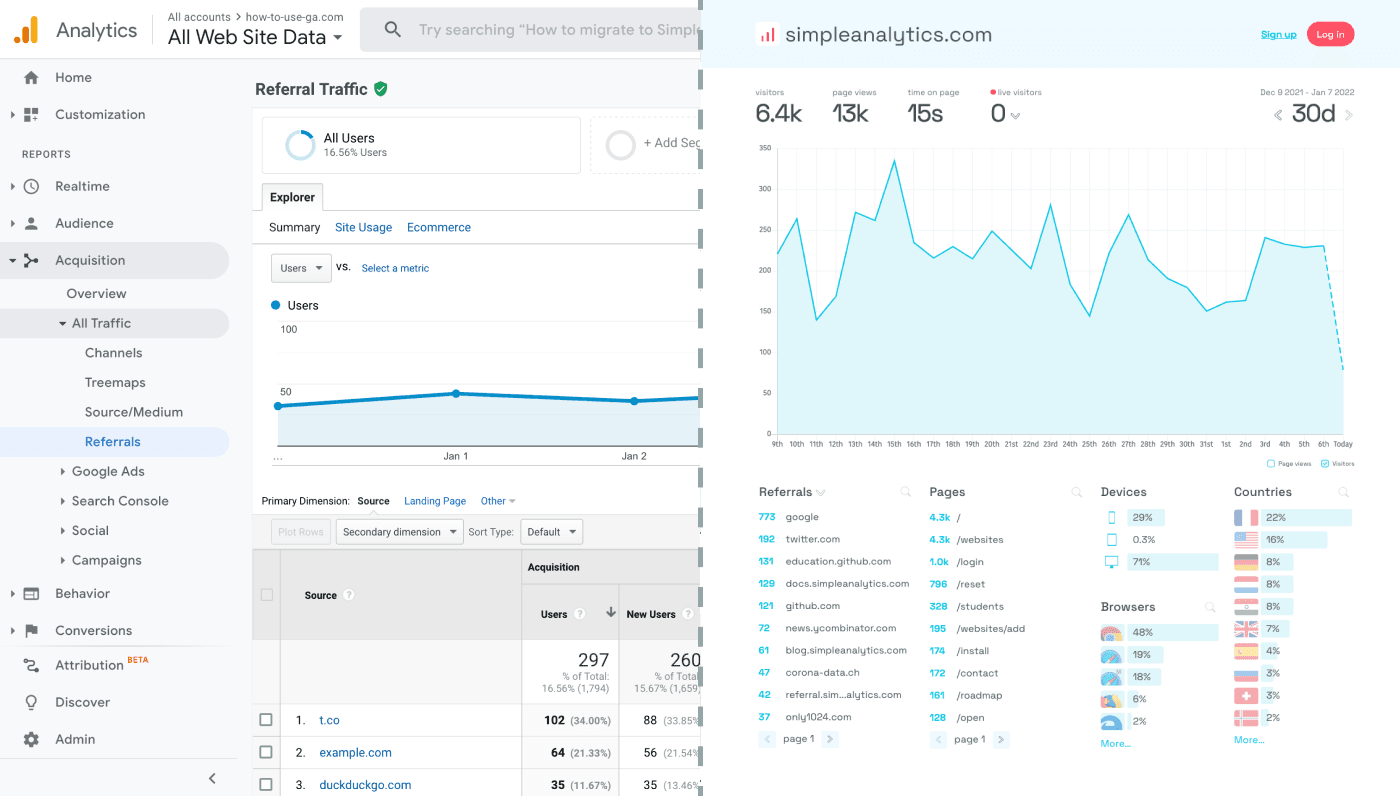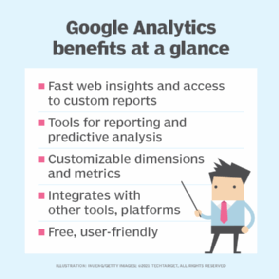When Does the Google Analytics Tracking Code Send an Event Hit to Analytics? A Deep Study Customer Communications
When Does the Google Analytics Tracking Code Send an Event Hit to Analytics? A Deep Study Customer Communications
Blog Article
Enhance Your SEO Strategy With Effective Google Analytics Tracking Code
Including Google Analytics tracking code right into your SEO method is a pivotal step toward achieving quantifiable results. What certain methods can you take on to optimize the influence of this information on your Search engine optimization initiatives?

Understanding Google Analytics Fundamentals
To properly take advantage of Google Analytics for Search Engine Optimization, it is vital to comprehend its fundamental ideas. Google Analytics functions as a powerful tool for monitoring and analyzing website web traffic, offering understandings that are vital for optimizing internet search engine efficiency. At its core, the platform allows users to check individual actions, web traffic sources, and vital performance indications (KPIs) such as bounce rates and session durations.
Knowledge with the user interface is important. Key sections consist of the Target market, Purchase, and Actions tabs, each offering beneficial data. The Target market area offers market understandings, helping to tailor content to target customers effectively. The Purchase tab discloses how visitors come to the website, whether with natural search, paid advertisements, or social networks, guiding calculated changes in advertising efforts.
Comprehending metrics such as natural traffic volumes and conversion rates is important for examining search engine optimization performance. Inevitably, mastering these basics allows digital marketing experts to harness the complete capacity of Google Analytics, driving educated choices that enhance total SEO methods. By developing a solid foundation, companies can efficiently evaluate their efficiency and determine chances for enhancement in their on the internet existence.
Establishing Tracking Code
Correctly setting up the tracking code is essential for accurate information collection in Google Analytics. The primary step includes developing a Google Analytics account and residential or commercial property, where you will obtain an one-of-a-kind monitoring ID. This ID is vital for linking your internet site's data to your Google Analytics account.
When you have your tracking ID, incorporate the tracking code snippet right into your website's HTML. This is commonly placed in the header area of each page to ensure it tons early in the page making process. If you're using a Web content Administration System (CMS) like WordPress, many plugins streamline this process, permitting you to add the tracking code without straight HTML editing.
After applying the tracking code, it is vital to check its functionality. You can use the Google Tag Aide tool to confirm if the tracking code is properly mounted and working. In addition, check the real-time coverage function in Google Analytics to confirm that information is being accumulated properly.
Making sure that the monitoring code is correctly established up lays the structure for effective information analysis, enabling you to make enlightened choices to enhance your SEO method and total site efficiency.
Trick Metrics to Monitor
Determining key metrics to monitor is necessary for understanding the effectiveness of your search engine optimization technique with Google Analytics. By concentrating on specific data points, you can assess the impact of your optimization efforts and make educated decisions to improve efficiency.
Among the key metrics to track is organic website traffic, which shows the variety of site visitors reaching your site with internet search engine. This metric reflects the overall health of your SEO technique. Next, keep an eye on the bounce rate, which shows the percent of visitors who leave your website after viewing only one web page. A high bounce price might signify that your content is not fulfilling customer expectations or that your landing pages require improvement.
In addition, take into consideration tracking conversion prices, as these metrics disclose exactly how well your site fulfills its business purposes, such as producing leads or sales. Key words positions are additionally crucial; surveillance modifications in keyword settings helps review the efficiency of your targeted SEO initiatives. Ultimately, evaluate the average session period, which suggests user involvement and material relevance. By very closely complying with these key metrics, you can obtain useful insights into your search engine optimization technique's efficiency and determine locations for enhancement.
Analyzing Individual Behavior
Comprehending customer behavior is essential for fine-tuning your Search engine optimization approach and optimizing website efficiency. Google Analytics gives a wide range of data on user interaction metrics, such as bounce rates, time on site, and page views per find this session.
Furthermore, tracking individual flow can expose typical navigation paths, highlighting prospective bottlenecks or areas for improvement. Comprehending the demographics, rate of interests, and geographic places of your visitors allows for more customized material that talks with their demands. Utilizing division attributes in Google Analytics better boosts your capability to examine customer habits by enabling you to compare different target market teams.
Additionally, keeping track of conversion rates and user activities can supply insights into the efficiency of your calls to action and total site style. This alternative view of user actions is crucial for making educated decisions that enhance customer experience and drive greater involvement, inevitably adding to enhanced search engine optimization efficiency.
Leveraging Insights for SEO
Constantly leveraging insights gained from customer habits analysis can dramatically improve your SEO initiatives. By using Google Analytics, you can identify crucial metrics such as bounce rates, session period, and user circulation, which reveal just how visitors connect with official statement your material. These understandings enable you to determine areas requiring improvement, such as high departure pages or underperforming key phrases.

In addition, tracking natural web traffic sources provides clarity on which networks are most effective, permitting you to allot sources tactically (when does the google analytics tracking code send an event hit to analytics?). By evaluating conversion rates alongside traffic information, you can determine which pages drive real service results, refining your search engine optimization method additionally
Integrating these insights right into your content strategy not just enhances presence yet likewise fosters an extra user-centric technique. Ultimately, a data-driven search engine optimization technique informed by analytics not just increases rankings however also straightens your go now objectives with customer expectations, bring about continual growth and involvement.
Conclusion
Reliable implementation of Google Analytics tracking code dramatically enhances a search engine optimization technique by giving important understandings into customer behavior and web traffic sources. Checking essential metrics such as natural website traffic, bounce rates, and conversion rates assists in the recognition of improvement areas. In addition, evaluating individual demographics and involvement metrics allows for a more targeted content strategy. Ultimately, leveraging these insights contributes to fine-tuning search engine optimization initiatives, driving even more pertinent traffic, and enhancing total website performance.
Integrating Google Analytics tracking code into your SEO technique is a critical step towards attaining quantifiable results. At its core, the platform enables users to monitor customer habits, web traffic sources, and key efficiency signs (KPIs) such as bounce prices and session periods.
Comprehending customer habits is crucial for refining your SEO technique and making the most of site performance.Continually leveraging insights acquired from user habits evaluation can significantly enhance your SEO initiatives.Effective application of Google Analytics tracking code considerably enhances a Search engine optimization technique by supplying crucial understandings right into customer behavior and traffic resources.
Report this page